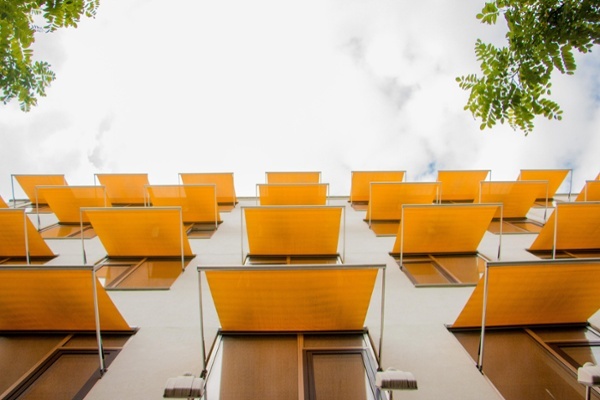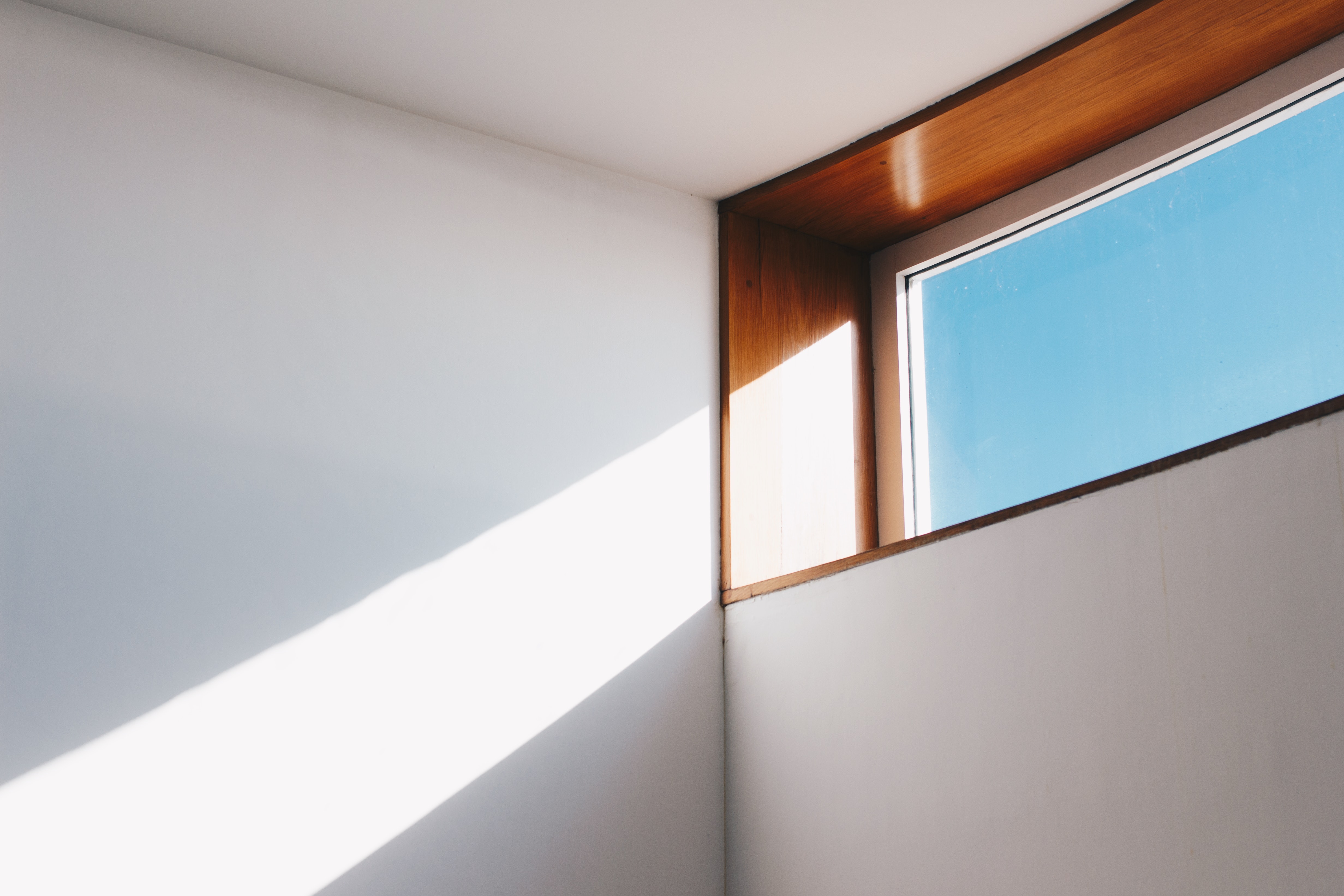Building for the Australian Climate.
A building’s access to sunlight is one of the leading factors contributing to its thermal comfort, with the amount of direct sunlight that the building receives greatly influencing the passive heating and cooling factors. However, as the sun’s path varies seasonally, accounting for the required direct sunlight a building needs becomes difficult. The eaves of building construction can maintain great benefits if used correctly.
Sun Angle and Siting:
The variation between seasonal sun angles is dependent on the latitude of the site where the building is located. The difference between the sun angles greatly increases the further north or south you travel.
To account for this variation, eaves of building are a common implementation to allow direct sunlight in winter and prevent it in summer, therefore the depth of eaves varies greatly globally depending on the seasonal sun angle variation.
This difference in sun position and angle is caused by the rotation of the earth on a titled axis along with its revolution around the Sun, which changes which hemisphere of the Earth becomes closer to it.
The Sydney area being in the southern hemisphere at a latitude of 34° S has a seasonal difference of 45° in solar angle (between summer and winter).
In the summer solstice the sun reaches an altitude of 79° and in winter drops to 33°. Therefore, the awnings on a building need to account for the individual direct sun light requirements.
Climate Specific Shading:
This raises the question as to how deep awnings in the Sydney area should be. The Sydney area generally does not require deep awnings as the angle of the summer sunlight is quite large and therefore does not enter vertical windows.
Also as direct sunlight is very desirable in late autumn, winter and early spring shallower eaves allow for the largest percentage of sunlight to enter the building reducing heating costs.
Eave depth is also dependent on the orientation of the wall which they are on and therefore may not be equal around the entire building.

How to improve your Energy Rating:
The eave requirements are also dependent on the window size and height, as floor to ceiling glazing will have a much greater opportunity to receive some direct sun during the day. In comparison to a shorter window with a tall head height with the same eave depth.
Vegetation as Seasonal Shading:
Seasonal shading can also be accomplished in an ecologically friendly manner by planting deciduous trees near the building. Trees provide shade in summer and in winter after losing their leaves allow for adequate direct sunlight to filter through.
By also using deciduous trees landscaped and placed in a funnel shape directing wind towards the entries, ventilation can be increased in the home in summer and reduced in winter when the leaves on the trees no longer allow for air to be channelled (However strategic planting is not considering in the NatHERS in Australia or BASIX process in New South Wales).

Eaves and the BASIX and NatHERS System:
Adding eaves according to the wall orientation in the BASIX and NatHERS process can greatly assist in improving the thermal performance of a building.
Eaves not only shade windows and prevent direct sunlight from undesirably heating a home, but also provide shade on walls and prevent thermally massive materials from gaining too much heat.
Therefore depending on the size of the eave and the location of the building they can greatly increase the star rating in the BASIX and NatHERS assessment.
To read more on 6 Star NatHERS, click here
References:
Aboutthehouse.com.au. (2016). About the House - Passive Solar Design - passive solar design, orientation, sun control, design, solar, summer solstice, equinox, winter solstice, eaves, north facing, shade. [online] Available at: http://www.aboutthehouse.com.au/switch/340-3887-2 [Accessed 23 Sep. 2016].
Aboutthehouse.com.au. (2016). About the House - Passive Solar Design - Ecologically sustainable house design ,Passive solar design, design, comfort, solar ,thermal mass flooring, seasonal shading, roof materials, summer, environment, north, north wall, winter, green house gas, heating. [online] Available at: http://www.aboutthehouse.com.au/switch/340-1 [Accessed 23 Sep. 2016].
Susdesign.com. (2016). Sustainable By Design :: overhang annual analysis. [online] Available at: http://www.susdesign.com/overhang_annual/index.php [Accessed 23 Sep. 2016].
Yourhome.gov.au. (2016). Shading | YourHome. [online] Available at: http://www.yourhome.gov.au/passive-design/shading [Accessed 23 Sep. 2016].








